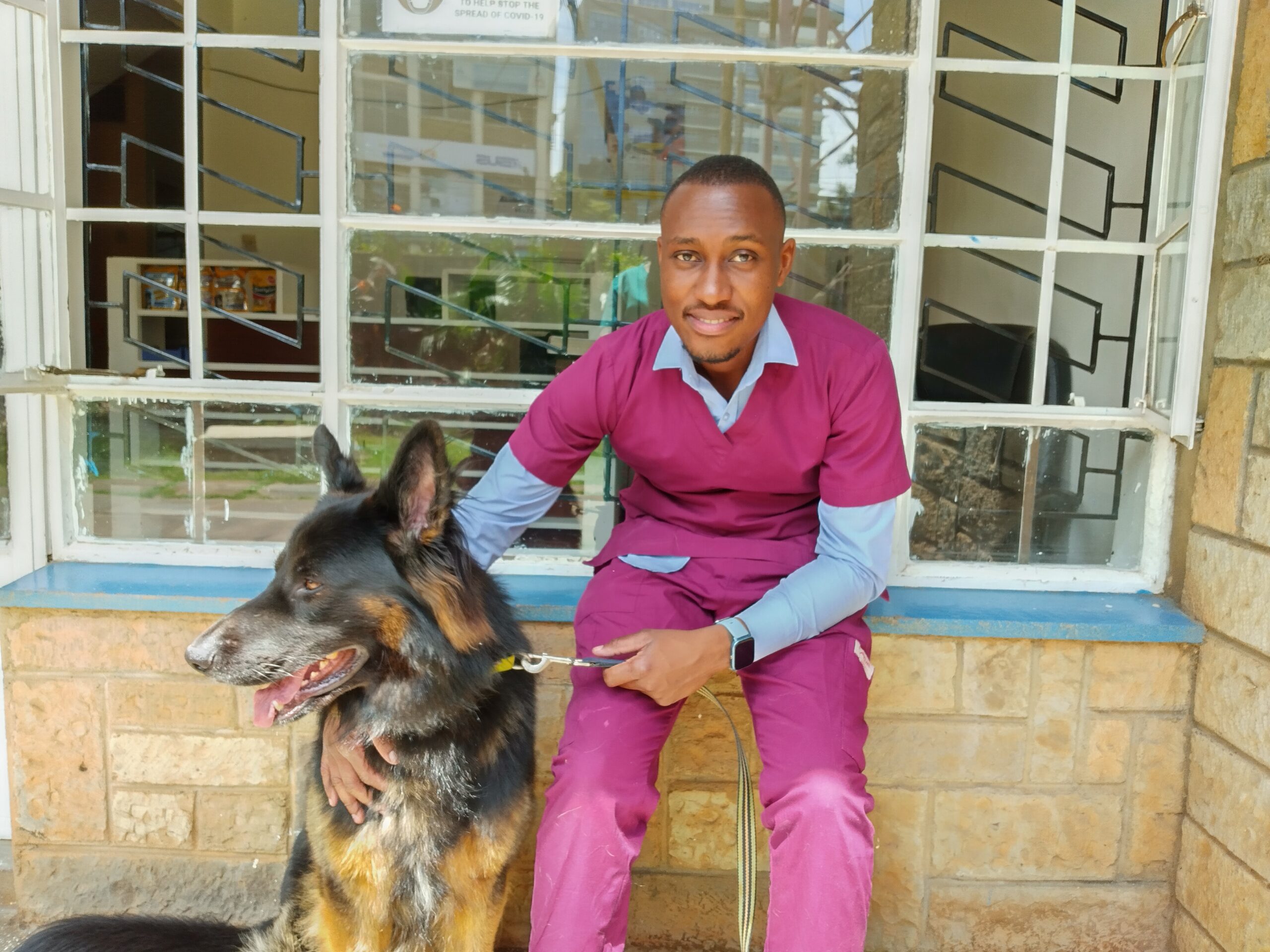Dog spay, or ovariohysterectomy, is a surgical procedure performed on female dogs to remove their reproductive organs (ovaries and uterus).
Here is an overview of the dog spay procedure:
- Preoperative Examination: Before the surgery, at Ducknet Veterinary Clinic we will conduct a thorough examination of the dog to ensure she is in good health. Blood tests may be performed to assess organ function.
- Anesthesia: The dog is given anesthesia to ensure she is unconscious and feels no pain during the surgery.
- Incision: The veterinarian makes a small incision in the abdominal wall, typically in the midline.
- Removal of Reproductive Organs: The ovaries and uterus are carefully removed. This eliminates the dog’s ability to reproduce and also prevents certain health issues, such as uterine infections and certain types of cancers.
- Closure: The incision is closed with sutures or staples. These may be absorbable or non-absorbable, and the veterinarian will provide instructions for their removal if necessary.
- Recovery: The dog is closely monitored as she wakes up from anesthesia. Pain management is often provided to ensure her comfort during the recovery period.
Importance of Dog Spay:
- Prevention of Unwanted Pregnancies: Spaying prevents unwanted litters of puppies, which can contribute to pet overpopulation.
- Behavioral Benefits: Spaying can reduce certain undesirable behaviors, such as roaming, marking, and aggression, associated with the hormonal changes in intact females.
- Health Benefits: Spaying eliminates the risk of uterine infections (pyometra) and greatly reduces the risk of mammary (breast) cancer if done before the first heat cycle.
- Population Control: By preventing unwanted pregnancies, spaying contributes to the overall control of the dog population, reducing the number of dogs in shelters and the incidence of euthanasia.
- Prevention of Certain Diseases: Spaying before the first heat can reduce the risk of certain reproductive cancers and diseases.
Process:
- Consultation: Before spaying, you’ll have a consultation with your veterinarian to discuss the procedure, potential risks, and benefits.
- Preparation: Your dog may need to fast before the surgery, and the veterinarian may provide preoperative instructions.
- Surgery: The actual surgery typically takes a relatively short time, and your dog will be closely monitored during and after the procedure.
- Recovery: After surgery, your dog will need a comfortable and quiet place to recover. Follow your veterinarian’s instructions for postoperative care, including monitoring the incision site for any signs of infection.
- Follow-Up Care: Your veterinarian may schedule a follow-up appointment to check the incision and ensure your dog is healing properly.
It’s important to note that spaying is a major surgery, and while complications are rare, they can occur. Discuss any concerns or questions with your veterinarian to make an informed decision about spaying your dog based on her individual health and circumstances.







